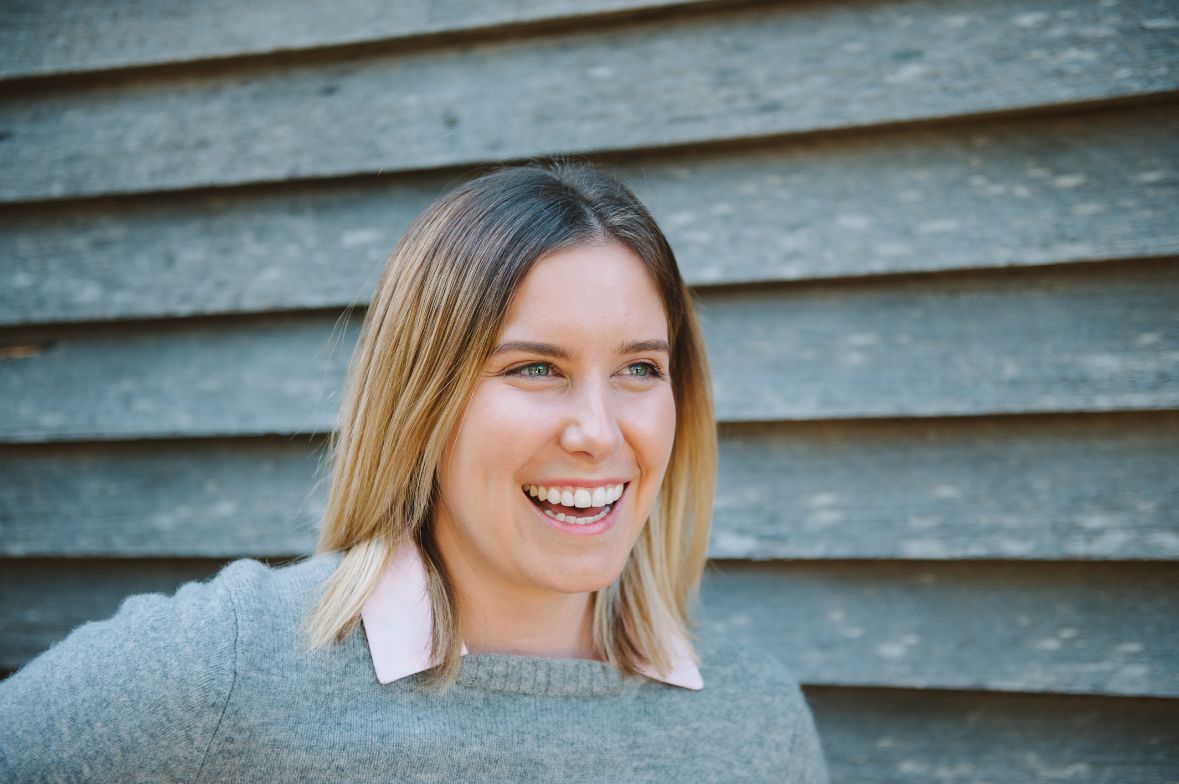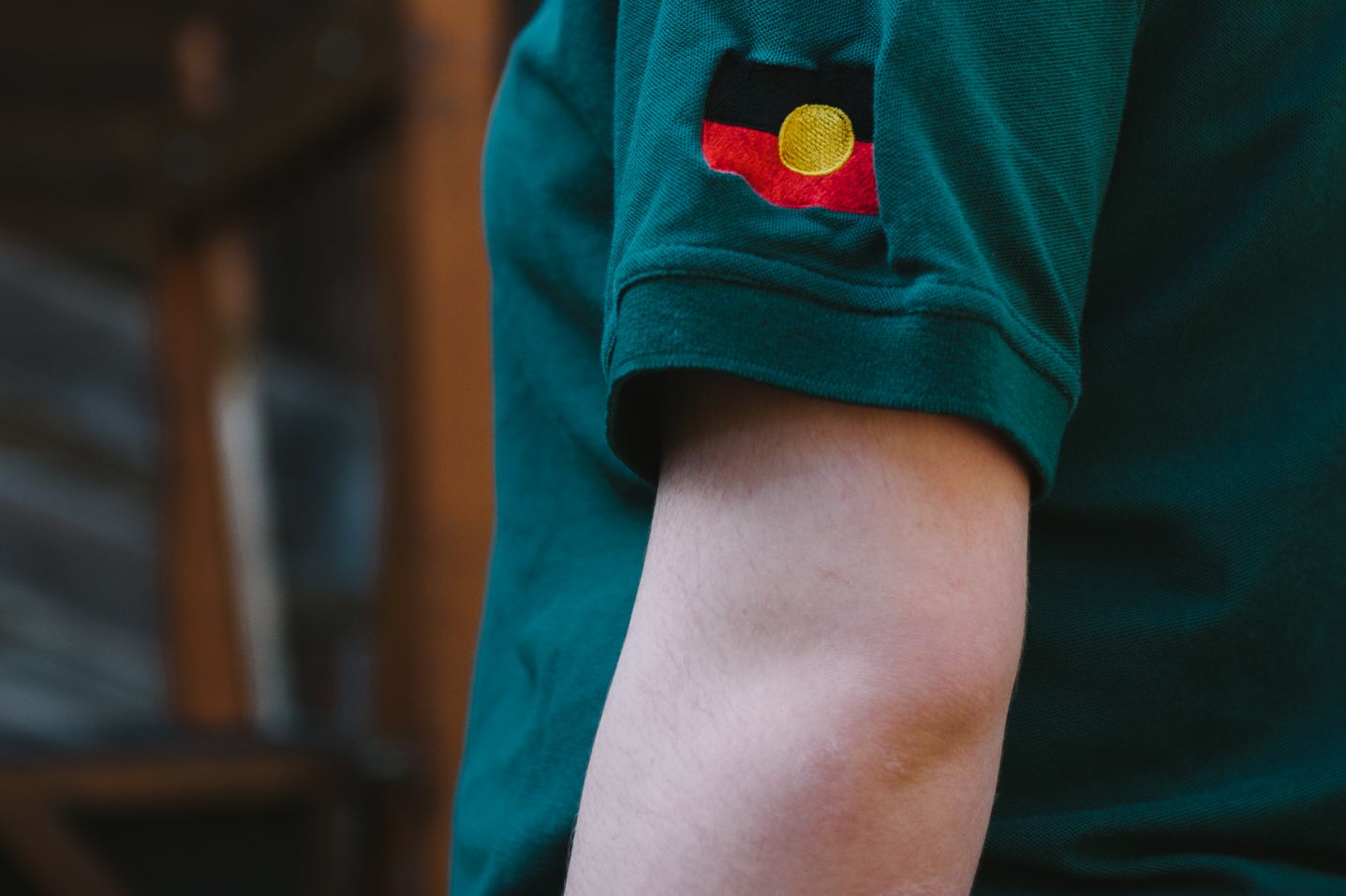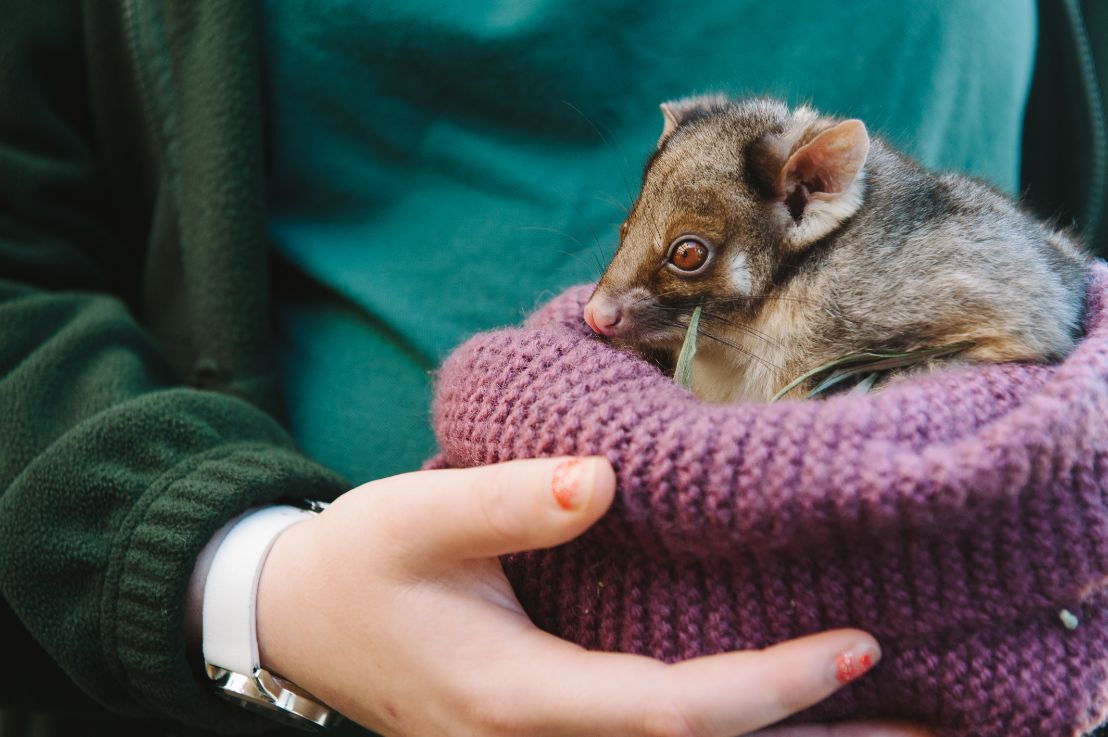Automatic language translation
Our website uses an automatic service to translate our content into different languages. These translations should be used as a guide only. See our Accessibility page for further information.

Tammy was described to me as this really ‘awful’ teenager. How wrong can people be? A lot had happened to Tammy. She couldn’t always find the words to talk about it but her behaviour let us know that she was distressed.
Tammy came into care as a baby and had lived with Aboriginal kinship carers, Kath and David. They love her and their relationships with Tammy were strong but over time it didn’t work and Tammy moved out when she was 13. More and more Tammy was behaving in a way that was difficult for others to understand. Everyone was really worried about what was happening for her.
I first met Tammy when she was 16. She was in hospital because she had tried to hurt herself. It was not what I would have wanted for her.. As it turns out though, being in hospital, still and safe, meant that the staff were able to see that she really was unwell.
I had read some worrying stuff about Tammy and didn’t know if I had what it would take to make the difference she needed. I wasn’t sure how our first meeting would go. I sat quietly during that meeting and just let Tammy talk. I could sense she was susssing me out. She asked me a lot of questions about myself and I answered each one – just honest and straight. I wanted her to know it was alright. To be honest I was pretty worried as to whether she would let me help her. I wanted to be able to begin to sort out all the things that were troubling her – like why things had got so bad, and where and how to start putting things back together.


It was obvious on reading about Tammy that there had been lots of attempts to understand what was going on for her. What stood out was that most of the assessments had happened during crisis admissions to hospital. At those times she had been so unsettled. No one really got the chance to get to know her or see beyond her presenting behaviour. But this time the question was raised about the possibility of a neurodegenerative disease. A disease that early on might be mistaken for a mental illness. It affects your emotions, physical abilities and cognition. Aggression and a lack of impulse control are part of the disease. I read up on it. It made sense. The hard bit was knowing that if the diagnosis turned out to be correct then Tammy would not be okay. The disease is always fatal.
Prior to Tammy’s discharge from hospital the team there recommended further testing. Tammy was very keen to be tested for the disease. At first I wasn’t sure – onset in childhood is rare. Testing is not usually done before adulthood and Tammy was only sixteen and a half at the time. On the other hand, knowing what her future might look like was really important in terms of her leaving care. If Tammy did have the condition I wanted to make sure services were on board before she left care.
I did plenty of research and talked with lots of people, including my managers and health practitioners before everyone agreed that Tammy should be tested . I supported her to meet the staff from the clinic and have pre testing support. She wanted to go through with it.
Tammy was really nervous the day of the test. I sat beside her the whole time saying, ‘You don’t have to do this. You can stop at any point. This up to you. This is your choice.’ I wanted to hug her and reassure her. She was just really scared. It was full on but she did really well.
It was months before we got the results. In that time I was getting the hospital social worker on board, talking to support agencies and reading as much as I could about the disease. Tammy kept asking about the test results. We rehearsed what would happen when she got the results. I would try to reassure her and talk about, if it’s positive this and if it’s negative that.
I did lots of planning for that day. I asked Tammy who she wanted to come to the appointment. She picked who came. That was really important. When the doctor told Tammy her test result was positive, she sat for a while in disbelief. She started to cry. I just sat there holding her hand. We left the room like that, holding each other’s hands, squeezing them really tight. She whispered to me, ‘I never thought it would be positive. I don’t want to die.’ I said, ‘I know’. I struggled to hold back my tears.
Tammy needed some time alone to process the news. I visited her again later that same afternoon. We tried to distract oursleves from the reality of the diagnosis by decorating her room. But then we had to talk about it. She told me all of her fears. We just sat there; hugged and cried.
The diagnosis has helped Tammy make sense of what was happening. She knows now that there was a reason for her behaviour and that accepting treatment can help her manage that. It means we have been able to repair relationships that had broken down. We go for lots of walks together now because she needs to keep active. On those walks we talk about family. And we talk about her disease a lot. Tammy says she is frightened. I let her know it’s okay to feel like that, but also try to help her think about the things to look forward to and getting the most out of every moment.
I am so impressed by how Tammy has handled her diangnosis. She is tackling life head on. Her words are full of life and living. Tammy does not want to waste one moment on this earth. She often says she would like to ‘experience anything and everything before she dies’. I hope she does.
I’ve made a ‘Tammy Book’ because she is starting to forget things. The book has all these positive affirmations and pictures of her favourite band on it. Whenever Tammy has a question she can write it down in the book so she can show me when we meet up again. If I don’t know the answer to something she asks me to go away and find it.
Tammy has a really great support team. We’re all constantly sharing information. She has a strong relationship with the hospital social worker and an Aboriginal worker. We’re helping her put together a really beautiful family tree and scrapbook. It has photos of all the family members we can find because Tammy has told me how important family is to her. In the future it will become hard for her to remember so a visual reference is crucial.
I found one of Tammy’s uncles and he is helping us connect her with other family and her culture. He’s has been really great, sharing funny stories about her dad and letting her know he is proud of how well she is doing.
Tammy’s now in the Burbangana Taronga Zoo program. It helps connect Tammy with her culture and learn about looking after animals. The rats and mice are her favourites. She loves taking long walks around the zoo but it’s getting hard for her now because her legs ache.
Tammy has regained a sense of self. Her eyes are bright and she is confident. She has incredible strength. Tammy is a beautiful girl with a heart of gold.
Director, Review of Aboriginal children and young people project
Even in the face of such adversity Tammy has regained her dignity and is rebuilding her connection to family and culture. Largely due to the empathy and care Peta has given Tammy. This is how it must be for all children we work with. The single story that is told by others about children and their families must not be tolerated. The first thing Peta heard of Tammy was that she was an ‘awful’ teenager. How can there be a meaningful and effective relationship with Tammy if Peta was to hold on to this single story? With an open heart and mind Peta uncovered that this single story of Tammy is not true at all. Through empathy Peta truly saw Tammy and her real potential regardless of her past and the road that lies ahead.
16 May 2023